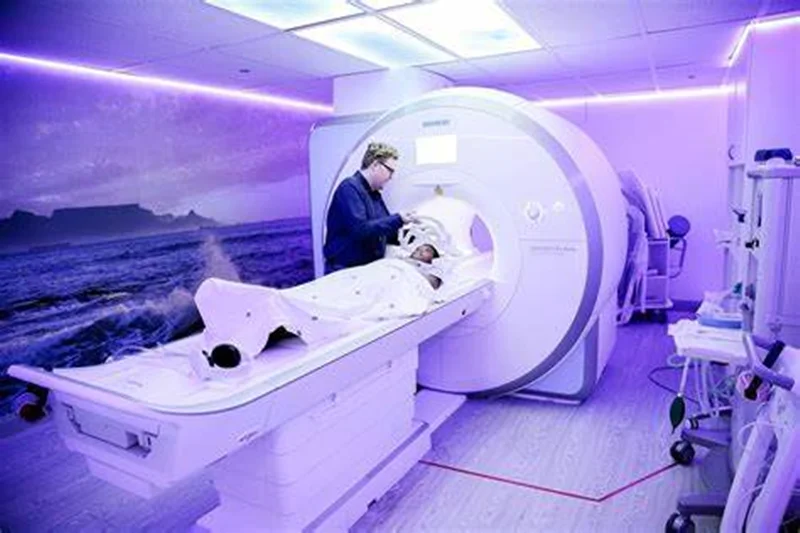Magnetic resonance imaging (MRI) is a noninvasive modality, which produces multiplanar and true 3D datasets of subjects in vivo. It achieves high spatial resolution, typically of the order of millimeters in the clinical setting. Crucially, it differs from other techniques such as computed tomography (CT) by producing excellent soft tissue contrast without harmful ionizing radiation. MRI has transformed the role of radiology in medicine since its initial applications in structural imaging in the early 1980s and now encompasses wider areas of functional and molecular imaging. In the first part of this article, we give an overview of the principles of MRI and some common uses in the diagnosis of pathologies such as stroke and cancer. We go on to discuss the role of MR contrast agents, including their application to the exciting new areas of molecular and cellular imaging. Next, we address the role of MR spectroscopy, a technique often
برای مطالعه ادامه مقاله و مشاهده مقاله کامل از طریق لینک زیر می توانید دسترسی دائم داشته باشید


دیدگاه خود را بنویسید